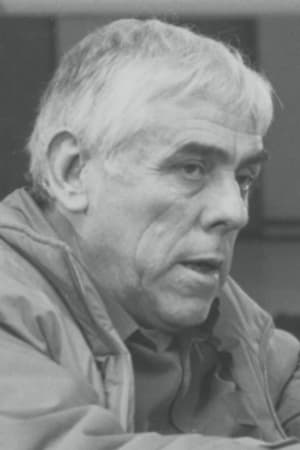

An epic exploration of the Czechoslovak New Wave cinema of the 1960s and 70s, structured around a series of conversations with one of its most acclaimed exponents - Closely Observed Trains director Jiří Menzel.

Pierre Schoendoerffer revisits his life and career, with a strong focus on the impact that his experience as a war cinematographer for the French army during the Indochina War had on him.


This documentary reunites director Peter Lennon and cinematographer Raoul Coutard, who recount the making of their then controversial but now classic documentary on Ireland in the Sixties. Rocky Road to Dublin was screened for only a few weeks at a single Dublin theatre.

On September 8, 1979, actress Jean Seberg was found dead in her car not far from her home. Conclusion: suicide. Directors Fosco and Dubini believe she was murdered. The documentary is abundantly illustrated with film fragments and testimonials with people who knew her. Dubini and Fosco wrote the screenplay and edited it.

Claude Ventura's documentary Chambre 12, Hotel de Suede, was made for the French television channel Arte in 1993. Ventura checks into room twelve in the hotel's final week of operation: it is demolished the day after he checks out. Room twelve was one of the principal locations for Jean-Luc Godard's New Wave masterpiece Breathless, and Ventura's documentary investigates the production of Godard's film.
An intimate window into one of the great movements in film history that brought about an evolution in the art of cinema. The documentary portrays the movement with insight on the lives and works of Jean-Luc Godard, François Truffaut and other principal players in the New Wave.
Raoul Coutard (16 September 1924 – 8 November 2016) was a French cinematographer. He is best known for his connection with the Nouvelle Vague period and particularly for his work with director Jean-Luc Godard. Coutard also shot films for New Wave director François Truffaut as well as Jacques Demy, a contemporary frequently associated with the movement. He shot over 75 films during a career that lasted nearly half a century. Coutard originally planned to study chemistry, but switched to photography because of the cost of tuition. In 1945, Coutard was sent to participate in the French Indochina War; he lived in Vietnam for the next 11 years, working as a war photographer, eventually becoming a freelancer for Paris Match and Look. In 1956, he was approached to shoot a film by Pierre Schoendoerffer, La Passe du Diable. Coutard had never used a movie camera before, and reportedly agreed to the job because of a misunderstanding (he believed he was being hired to shoot production stills of the film). Coutard's first work collaboration with Jean-Luc Godard was Godard's first feature, À bout de souffle, shot in 1959. He was reportedly "imposed" on Godard by producer Georges de Beauregard; the director had already settled on a different cinematographer. Coutard photographed nearly all of Godard's work in the Nouvelle Vague era (1959 - 1967), with the exception of Masculin, féminin; their last work during this period was Week-end (1967), which marked the end of Godard's work as a 'mainstream' filmmaker. The two did not work together again until Passion; their final collaboration was Godard's next feature, Prénom Carmen. ... Source: Article "Raoul Coutard" from Wikipedia in English, licensed under CC-BY-SA 3.0.
By browsing this website, you accept our cookies policy.